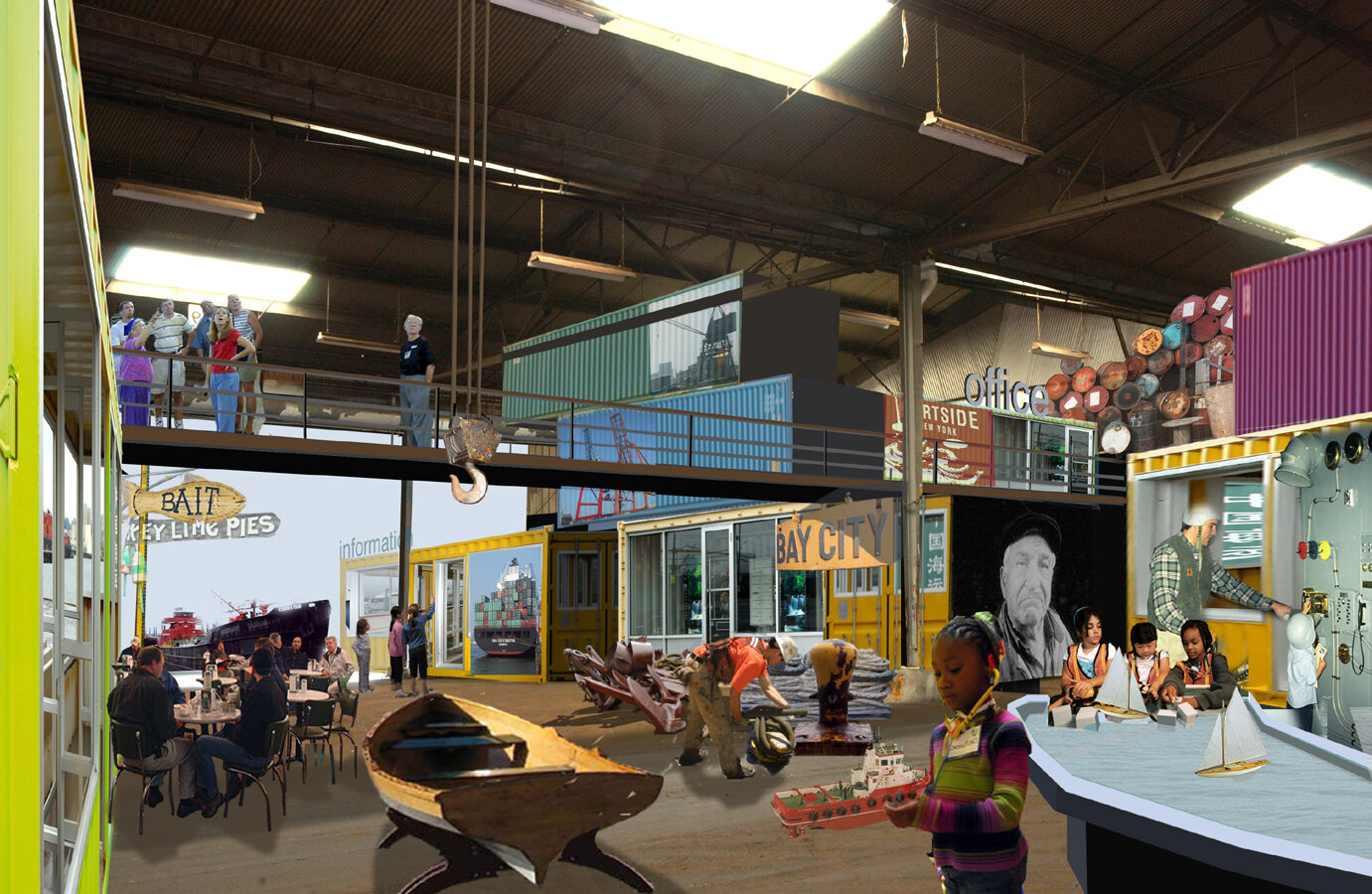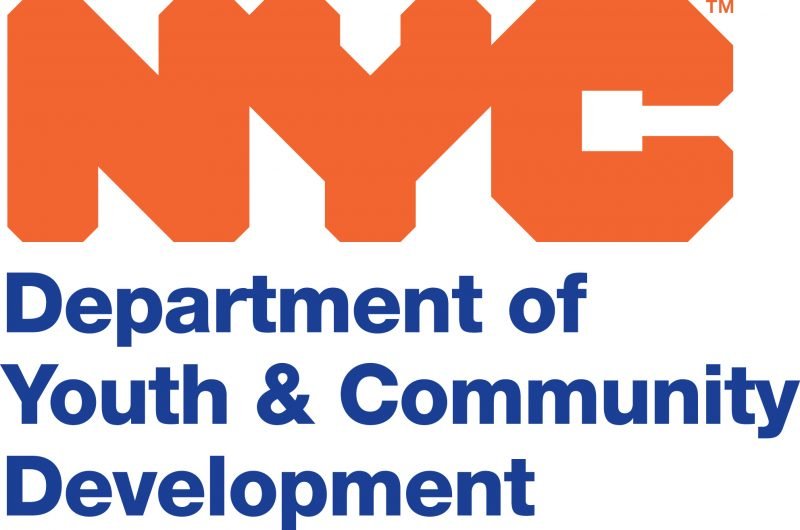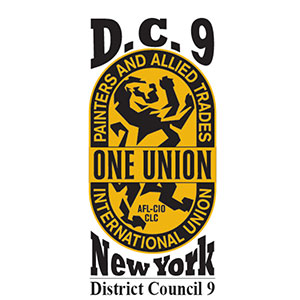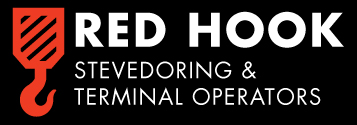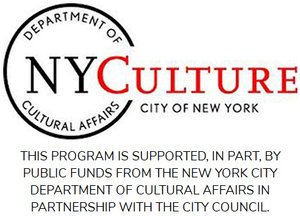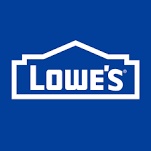Mission:
PortSide NewYork’s mission is to create a model for NYC’s waterfront future via advocacy and direct service. We demonstrate how the harbor can provide jobs, green freight movement, education, culture, and recreation — and how to center maritime in NYC waterfront development. Our long-standing goal is to create a PortSide campus that serves the public and the working waterfront, a place larger than our historic ship MARY A. WHALEN.
“This is the generation that will be known as the generation that rethought the city’s relationship to the waterfront. We have an opportunity to get it right, and we think that a cultural center like PortSide with a home on the working waterfront will be a great place to do that.”
OUR ORIGIN STORY
PortSide was founded in 2005 to rethink NYC’s relationship to the harbor by creating an innovative maritime center - a new model for NYC - showing how to combine the working waterfront and public access (busting local zoning conventions) while using maritime activity to drive community and economic development.
The policy goal is to make NYC’s waterfront revitalization include more maritime, from freight and passenger boats, to education and culture related to the harbor.
This will be an alternative to the trend of putting big box stores and then luxury condos along the shore and treating the water as just something to look at – meaning esplanades and waterfront parks with no interaction with the water itself.
Our focus is the BLUEspace, the waterways themselves, not the land along the edge captured by the word “waterfront.” We use the term “WaterStories” for our programs to capture our interdisciplinary focus and since “maritime” has traditionally been focused on the ship, not coast economies and populations. When academics hit Zoom during the pandemic, we met a global network of scholars using the term “coastal history” and found allies. PortSide’s WaterStories shares much coastal history.
This proposed PortSide maritime center will have a hyperlocal focus on benefiting the Red Hook community while also serving visitors (from tugboat crew to tourists) coming by land and sea.
The physical PortSide will “show by doing,” and be a “do tank” not just a think tank. Its activities will be examples of the goals in our advocacy work.
To deliver the vision, PortSide needs building space adjacent to our ship, space for visiting vessels, and outdoor space on land.
May 2025 marks 20 years since PortSide’s first business plan, 20 years of looking for a place to right-size PortSide.
Our first business plan of 2005, funded with $50,000 from NYC’s Department of Small Business Services, was based on having 8,500 square feet of building space where our programs would be concentrated next to the Fairway in Red Hook, Brooklyn on Greg O’Connell’s property and on having the ship MARY A. WHALEN serve primarily as a dock for visiting vessels (tugboats shopping at Fairway, educational ships, tour boats and more) with the MARY making occasional visits to other communities.
The towing industry, aka tugs and barges, are heavily present in Red Hook and nearby waters, and are a major target of our proposed pipeline to marine careers. We did extensive market research into salaries and hiring practices as well as their food shopping needs, along with research into what kinds of visiting vessels we could attract to the location, and what we’d earn from that in landing fees, and how such vessel visits would benefit Red Hook’s retail and investor pool by bringing in visitors, creating the first big year-round attraction in the neighborhood, and helping local residents by providing culture, education and job training experiences.
From 2006 to 2015, operating as a pop-up without a permanent homeport that is publicly accessible (our ship is locked up uin the Red Hook container port) just 20 days is the max lead time on any waterfront permit we used, even if we negotiate for months to get the permit. Funding for nonprofits requires long-lead times to seek grants and sponsors for programs that are delivered consistently not sporadically, so securing funding on that kind of notice is impossible.
Parlez vous maritime?
Maritime is a lost language in NYC, so it’s been hard for non-mariners to get what our vision is and what it offers. This city was once fluent in the maritime language, but no more.
The water is now seen as a divider. “Red Hook is cut off on three sides by water” the media will often say, rather than seeing the waterways as connector, a resource for transportation, recreation, and when clean, sustenance.
NYC waterfront parks do not design piers for boats (or design them badly).
Local media declare maritime a has-been, and the real estate sector trumpets that notion in support of its efforts to score waterfront property.
The maritime industry adds to its own invisibility with a lack of PR and a “who’s asking” approach to outsiders.
The public school system makes almost no use of the harbor. (The creation of one great harbor school is a drop in the bucket.)
Local maritime cultural institutions are small and not united, and many focus on the past, making them limited allies given PortSide’s future focus.
The fact that PortSide has no building and is reduced to a historic ship added another layer of confusion. Most people presume we are another preservation project, a history project. Our forward-looking goals are hard to see while we are so associated with an old ship. For years, we don’t call our tanker a “historic ship” in an effort to avoid all that. We finally reverse ourselves, thinking “better to have one familiar aspect.”
Below are concepts for a PortSide Campus in Atlantic Basin from 2006 when we responded to the NYC EDC RFEI that year.
During our 2018 business plan for the EDC, the way they said we could get the building space in Pier 11 they promised before, we added a wet lab to our plans. We did this because our programs with local schools showed strong interest in having this kind of resource in the neighborhood. The prospect of creating a wet lab in a disadvantaged community attracted a team of excited advisors willing to help launch it. The founder of the marvelous River Project was willing to help, so was the Director of Education at Gotham Whale and a teacher on Long Island. We created a design, like a storefront, with public-facing windows and tanks so the public could look in 24/7 to maximize the impact of the program. Check out the many and diverse letters of support sent to the EDC in support of our 2018 business plan! People want a full-blown PortSide! Let’s do it already!
After we created and programmed PortSide Park during the pandemic from June 2020 through September 2022, our plans evolved to have the wet lab outside near a re-installation of that park, adjacent to a nature center based in the weed patch and the adjacent waters.
Once our site, the Brooklyn Marine Terminal (BMT) was being replanned by the EDC in anticipation of the City taking the property over from the Port Authority, PortSide launched a campaign #PortSideneedsahome. More info there on our updated vision for this site.
The community has changed, the site has changed, City plans have changed, so a PortSide campus now would look different than our 2007 response to the EDC’s RFP for Atlantic Basin.


